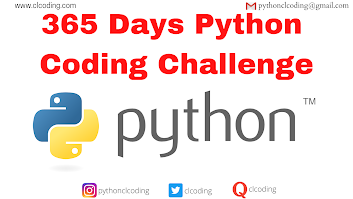Example of standard logical operations
Truth table

> x = TRUE
> y = FALSE
> x & y # x AND y
[1] FALSE
> x | y # x OR y
[1] TRUE
> !x # negation of x
[1] FALSE
Example
 > x <- 5
> x <- 5
> Logical1 <- (x > 2)
> is.logical (Logical1)
[1] TRUE
> Logical2 <- (x < 10)
> is.logical (Logical2)
[1] TRUE
Example
 > x <- 5
> x <- 5
> Logical3 <- (2*x > 11)
> is.logical (Logical3)
[1] TRUE
> Logical4 <- (3*x <20)
> is.logical (Logical4)
[1] TRUE
Control structures in R :
control statements,
loops,
function
Conditional execution
1. Conditional execution
Syntax
if (condition) {executes commands if condition is TRUE}
if (condition) {executes commands if condition is TRUE}
else {executes commands if condition is FALSE}
please note:
> x <- 5
> if ( x == 3) { x <- x-1} else { x <- 2*x}
Interpretation:
 > x
> x
[1] 10
Now choose x = 3 and repeat this example
Truth table

> x = TRUE
> y = FALSE
> x & y # x AND y
[1] FALSE
> x | y # x OR y
[1] TRUE
> !x # negation of x
[1] FALSE
Example
 > x <- 5
> x <- 5> Logical1 <- (x > 2)
> is.logical (Logical1)
[1] TRUE
> Logical2 <- (x < 10)
> is.logical (Logical2)
[1] TRUE
Example
 > x <- 5
> x <- 5> Logical3 <- (2*x > 11)
> is.logical (Logical3)
[1] TRUE
> Logical4 <- (3*x <20)
> is.logical (Logical4)
[1] TRUE
Control structures in R :
control statements,
loops,
function
Conditional execution
1. Conditional execution
Syntax
if (condition) {executes commands if condition is TRUE}
if (condition) {executes commands if condition is TRUE}
else {executes commands if condition is FALSE}
please note:
- The condition in this control statement may not be vector valued and if so, only the first element of the vector is used.
- The condition may be complex expression where the logical operators "and" (&&) and "or" (| |) can be used.
> x <- 5
> if ( x == 3) { x <- x-1} else { x <- 2*x}
Interpretation:
- If x = 3, then execute x = x - 1.
- If x ≠ 3, then execute x = 2*x.
 > x
> x[1] 10
Now choose x = 3 and repeat this example











.png)







.png)

























0 Comments:
Post a Comment